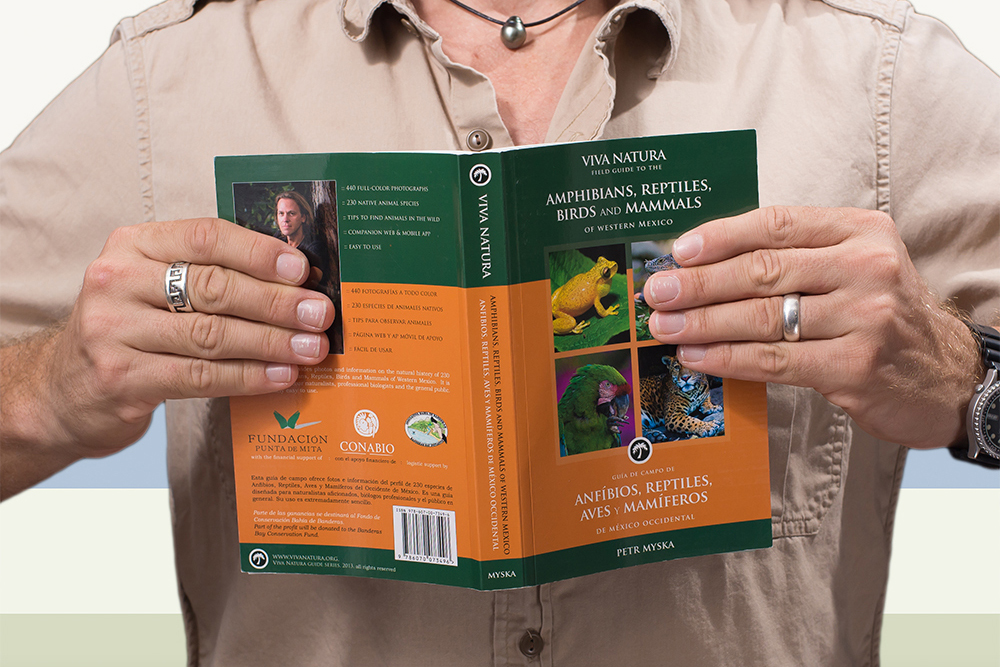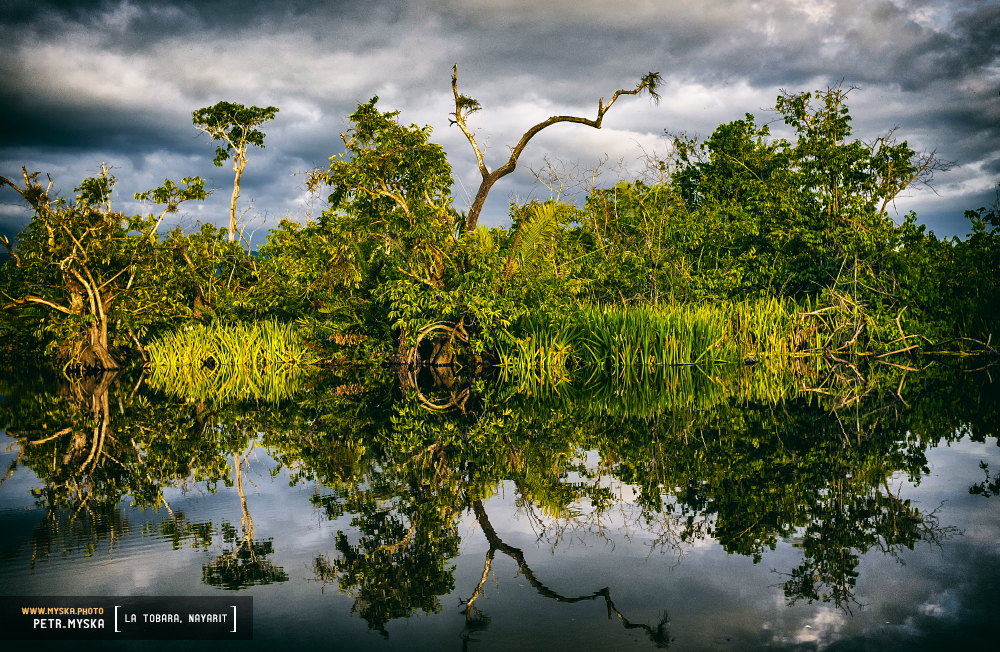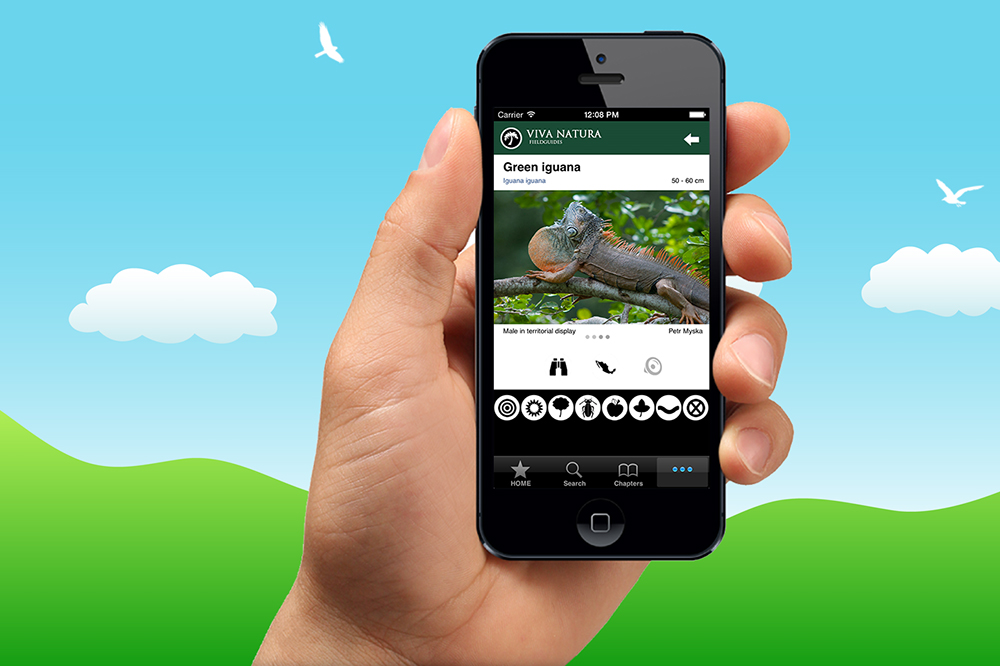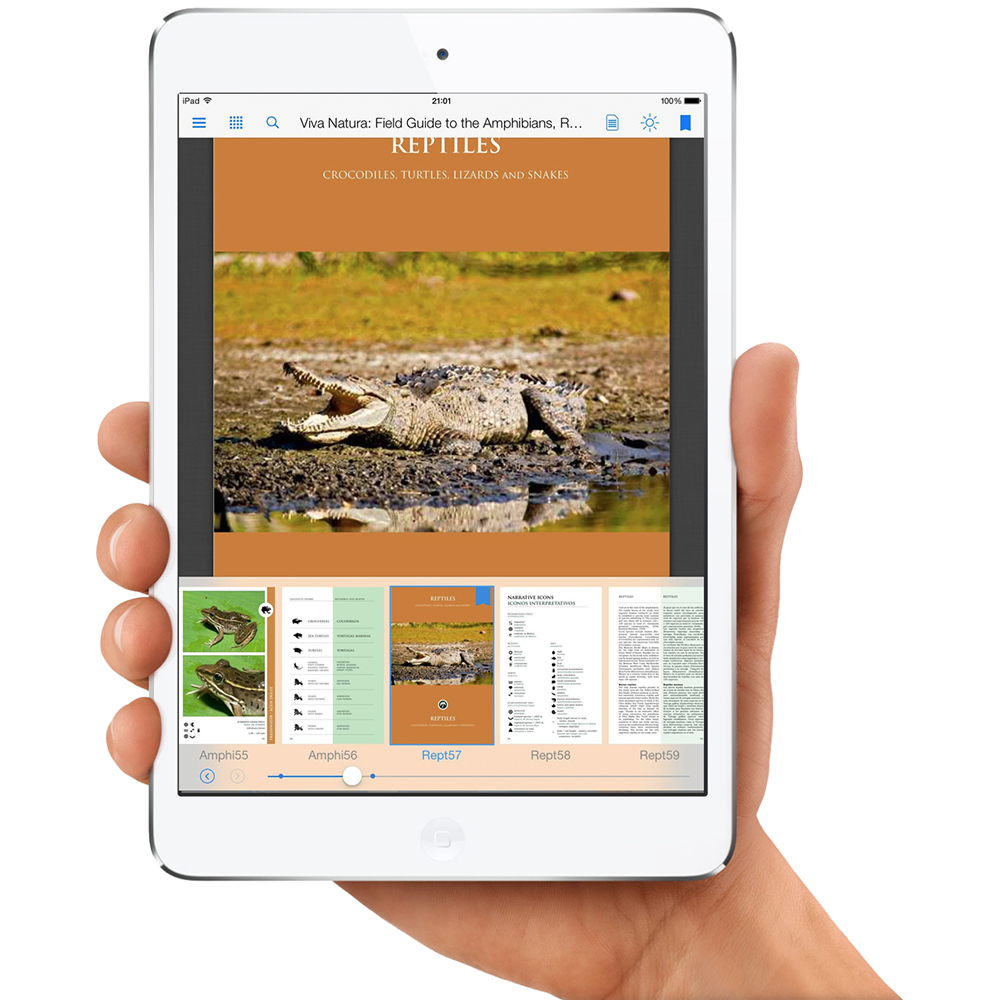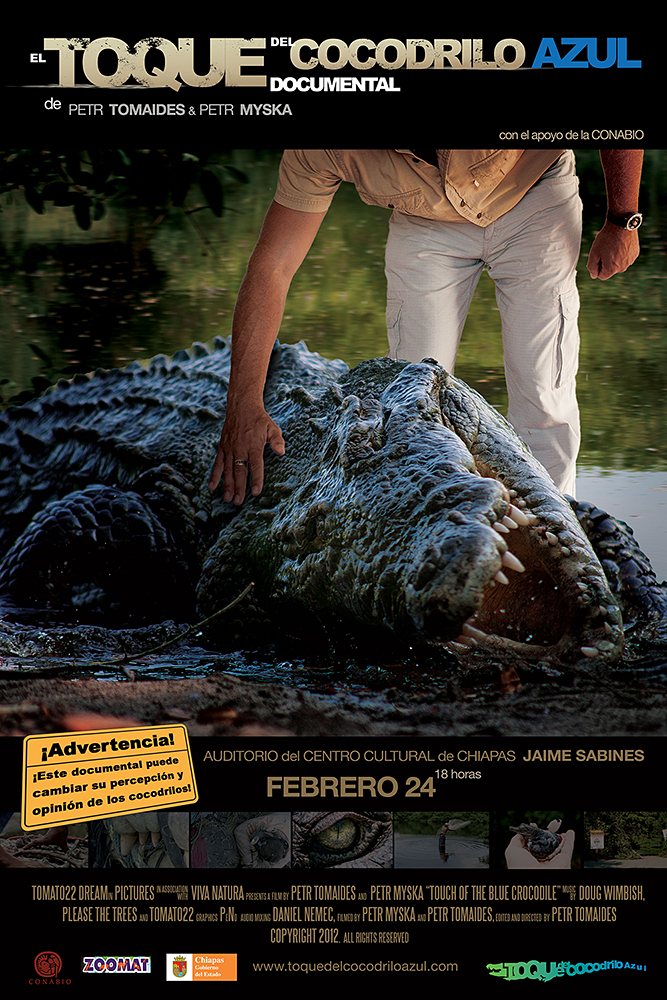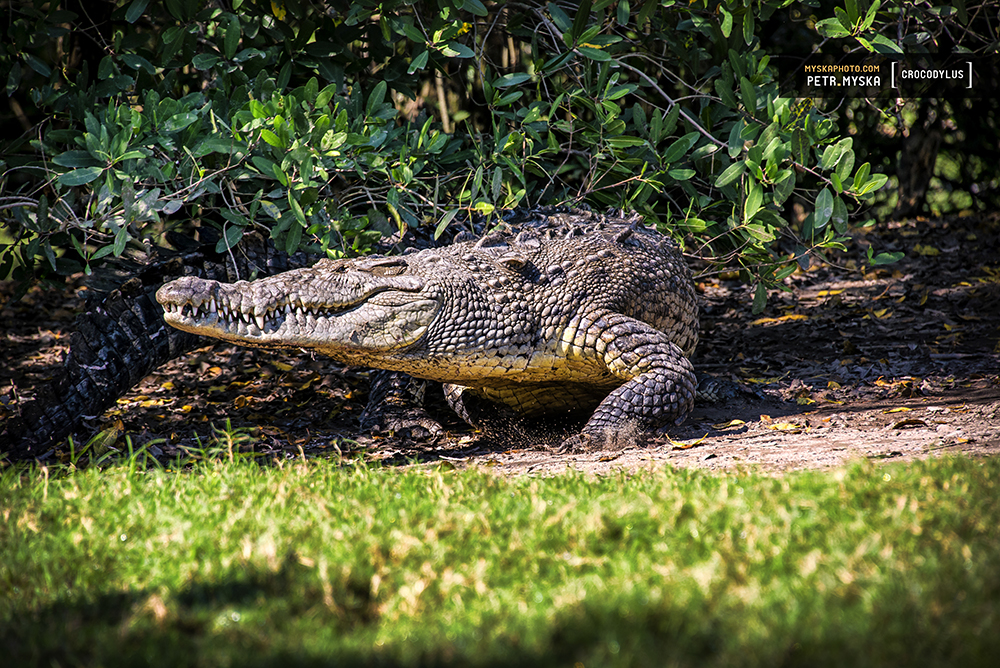A boat ride along the coast of Banderas Bay can bring many surprises. You can spot whales, dolphins, green macaws overflying the tropical coastal forest, large ball ups of fish… Here, I met a large schools of the Munk’s devil ray (Mobula munkiana). Occasionally they leap clear out of the water. Sometimes you are lucky enough to freeze the action in a photo.
[blockquote text=’How to take an action shot of leaping mantas’ text_color=” quote_color=” width=” line_height=” background_color=” border_color=”]
My reasoning behind setting up my camera for a shot like this is:
“I will need a lot of speed and I will also need some decent depth of field. This is because I do not know where exactly the animal will jump and if I miss with my focus a bit, bigger depth of field will help. Besides, since I love my manual Nikon 80-200 f4 (n0 autofocus) too much for its amazing optics, I will be focusing manually. Fortunately, there are always many animals jumping and if you follow the school without spooking it, you will have multiple opportunities for a shot.
[ordered_list]
- The word “action” is crucial here. Things happen fast. You need to be fast, too. Also your object of interest moves and you are shooting from a moving platform. This is always tricky.
- I know my camera handles high ISO well in bright light so I go ahead and set it to ISO 1,000.
- I set my aperture to f11.
- With ISO 1,000 and aperture f11, the camera gives me a shutter of 1/4,000 s = wonderful! Plenty of speed then.
- Now you need to align the boat with the school and its speed and keep a pertinent distance = not too far, but not too close either, unless you can spook them. You want to, after all, photograph their natural behaviour.
- Find a comfortable position in the boat and assume a posture that allows you a clean sweep with your camera to a wide angle of views.
- Use your leading eye to look always through the camera’s finder and the other eye simultaneously to monitor the action. If your camera set up doesn’t allow for that you can keep peeking over the rim of the camera to follow the action, but do not stray too far from the finder with your leading eye.
- Shoot, shoot, shoot … try keeping your framing decent and the horizon level. You can use burst function to take multiple images with one shutter press.
- If you can, include another object in the frame to give your scene a sense of proportion. I was lucky since another boat came in to have a look at the spectacle. I used the moment when a leaping manta jumped in between us to snap this photo.
[/ordered_list]
[blockquote text=’My camera setting for this shot’ text_color=” quote_color=” width=” line_height=” background_color=” border_color=”]
- Nikon D600, Nikon 80-200 f4
- 1/4000 s, f11, ISO 1,000
Version Español
Un paseo en la lancha por la costa sur de la Bahía de Banderas puede traer muchas sorpresas. Uno se puede topar con ballenas, delfines, observar guacamayas sobrevolando el bosque tropical, admirar grandes cardúmenes de peces… A mi me toco ver un grupo grande de la Manta de Monk (Mobula munkiana). Estas mantas ocasionalmente brincan fuera del agua, y con un poco de suerte, uno puede tomar foto de esta acción.
[blockquote text=’Como tomar una foto de acción de las mantas saltadoras’ text_color=” quote_color=” width=” line_height=” background_color=” border_color=”]
Para ajustar mi cámara mi razonamiento avanza mas o menos así:
“Necesitare mucha velocidad y buena profundidad de campo. Esto porque no sé con exactitud donde brincará el siguiente animal y si fallo con mi enfoque on poco, mayor profundidad de campo pueda salvarme. Además, como adoro mi viejo Nikon 80-200 f4 por su estupenda óptica, estaré enfocando de manera manual. Afortunadamente, no brinca solo una manta, pero muchas, así que tendré multiples oportunidades para sacar una buena foto.
[ordered_list]
- La palabra “acción” es la crítica. Todo pasa rápido, tendrás que ser rápido también. Ademas, el objeto de tu interés se mueve y tu plataforma (lancha) también.
- Se que mi cámara trabaja bien en ISO alto bajo buenas condiciones de luz. La pondré al ISO 1,000.
- Ajusto mi diafragma al f11.
- Con ISO 1,000 y diafragma f11, me da mi cámara un tiempo de obturación de 1/4000 s = excelente! Mucha velocidad.
- Ahora necesitarás alinear tu lancha y ajustar su velocidad para poder seguir el grupo de mantas de una distancia prudente = no muy lejos, pero tampoco demasiado cerca para no alterar su comportamiento.
- Encuentra una posición cómoda y una que te permita un amplio rango de acción con la cámara.
- Usa un ojo para observar la escena a través del visor y el otro simultaneamente para observar el panorama. Si tu cámara no permite tal manejo, puedes observar el panorama por encima del equipo con un ojo, pero mantán el otro siempre cerca del visor para poder reaccionar rápidamente.
- Toma muchas fotos. Intenta de mantener el horizonte y buen encuadre. Si tu cámara tiene la funcción de “burst”, puedes usarla para tomar multiples imagenes con un pulso del obturador.
- De ser posible, incluye en alguna de tus tomas otro objeto para darle a tu escena un sentido de proporción. En mi caso tuve suerte ya que se acerco otra lancha para admirar las mantas. Aproveche del momento cuando una manta salto entre nosotros y la otra embrcación para tomar esta foto.
[/ordered_list]
[blockquote text=’Mis ajustes para esta foto’ text_color=” quote_color=” width=” line_height=” background_color=” border_color=”]
- Nikon D600, Nikon 80-200 f4
- 1/4000 s, f11, ISO 1,000

